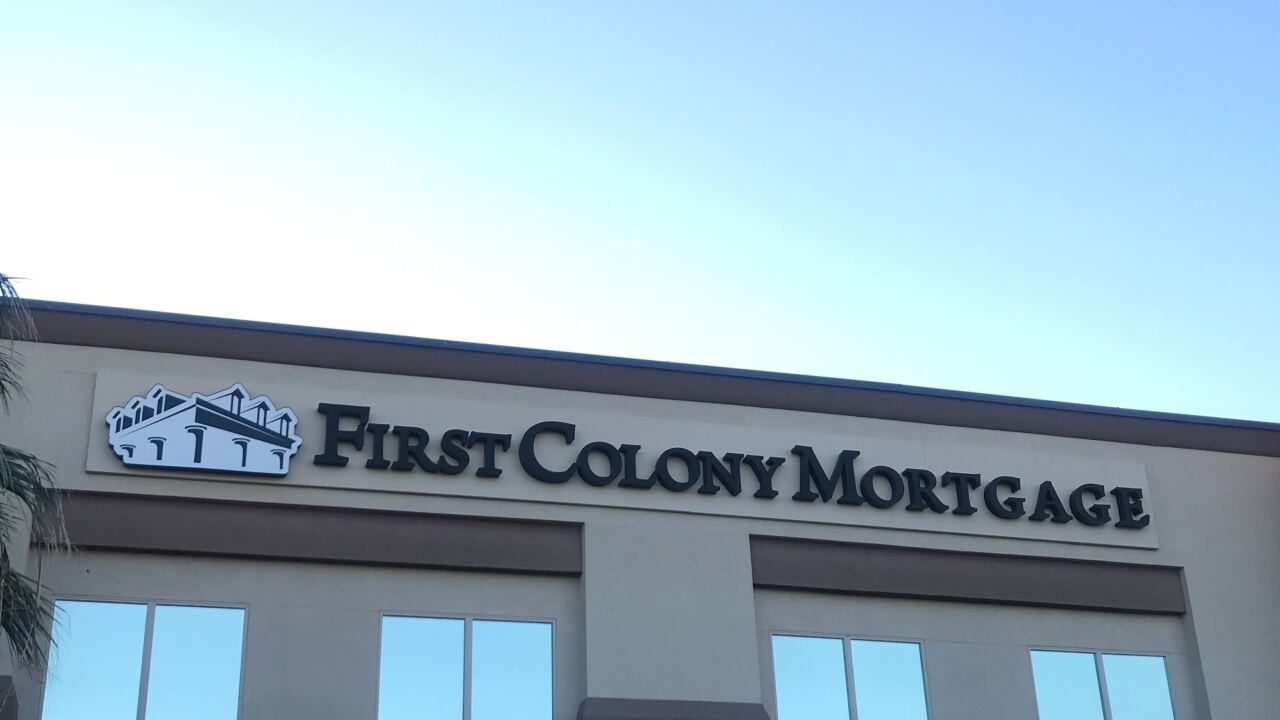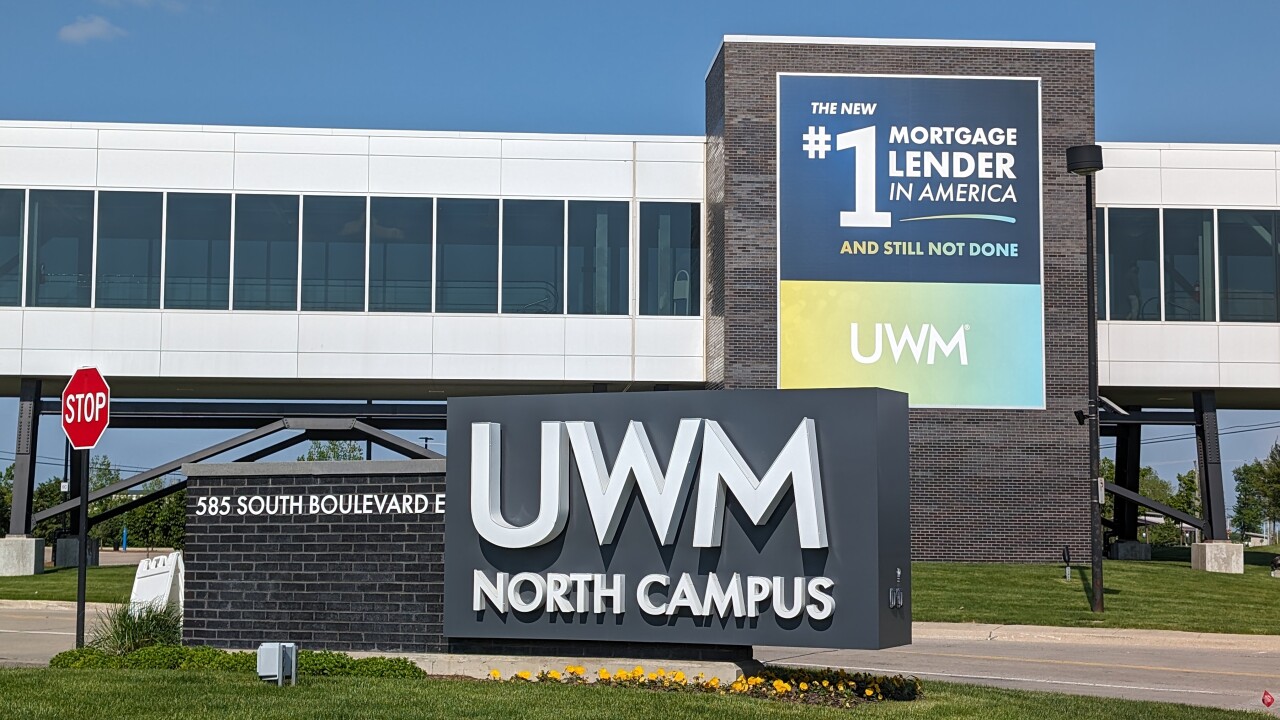
The Treasury Department will have few options to help homeowners if a coming
Programs already in place to help underwater borrowers with second liens have had little success. Meanwhile, the Treasury's authority to create and fund new homeowner assistance programs under the Troubled Asset Relief Program expired several years ago.
"After 2010, we can't create an entirely new program designed for HELOCs," says Mark McArdle, the chief of Treasury's homeownership preservation office.
Resets on HELOCs are expected to
If these resets turn into a real problem for borrowers, it may be difficult for the federal government to respond with meaningful assistance, unless Congress steps up to the plate.
Treasury created a second-lien modification program, known as 2MP, in 2009. At this point, "we could make small changes to help more 2MP borrowers or provide more relief if a HELOC is in a second-lien position," McArdle says.
So far, servicers have completed nearly 130,000 second-lien modifications under 2MP, including nearly 34,000 where the second lien was extinguished. The Treasury's reporting systems can't tell how many of these modified second liens were HELOCs and how many were closed-end loans. But people familiar with the program doubt HELOCs make up significant number of 2MP mods.
And any further relief provided under 2MP will have to come through the 15 companies already participating. "At this point of the program, we can't add more servicers," McArdle says.
In September, Treasury expanded the 2MP program so that second liens tied to loans guaranteed by Fannie Mae or Freddie Mac could be modified as part of a GSE standard loan modification. Over 2,600 second liens have been modified this way since then.
Under Treasury's Hardest Hit program, states can use Tarp funds for modifying or extinguishing HELOCs and other second liens.
Treasury allotted $60 million to five states to fund second lien programs. Of that, $20 million has already been spent on second-lien reductions.
Ten million dollars went to a California program administered by the nonprofit Community HousingWorks, based in San Diego.
California's Community 2nd Mortgage Principal Reduction Program provides up to $50,000 per customer to reduce or extinguish second liens and HELOCs. But it requires a 60% match from the holder of the second lien.
On a $50,000 HELOC, "the C2MPRP will provide up to 40% or $20,000 and the participating lender/investors would forgive 60% or $30, 000," according to guidelines issued by the California Housing Finance Agency.
More than 35 servicers have signed memorandums of understanding to participate in the statewide program, says Dee Sodano, a vice president at Community HousingWorks. "Some servicers have offered borrowers $50 gift certificates to contact us."
But after several years, only 90 second-lien principal reduction transactions have been completed.
The C2MPR program has gone through several changes since it was first approved and it is still evolving. Initially, to qualify for assistance a borrower had to be so far underwater that the combined debt was more than 125% of the home's value.
The minimum combined loan-to-value ratio has been lowered with Treasury approval to 107%. Community HousingWorks might seek Treasury approval to lower it further to 100%, according to Sodano, who says she remains optimistic.
"It seems like we are gaining some momentum right now," she says.
Perfecting this second-lien program will be important for California, which is believed to have a larger concentration of HELOCs than other states. Analysts at CoreLogic have made a rough estimate that 1.4 million of HELOCs where originated in the Golden State during the boom years of 2004 and 2005.
Generally, borrowers pay only interest during the first 10 years of a HELOC before it resets. The 2004 HELOCs are starting to reset this year. The borrowers will have to pay both interest and principal each month for the first time.
The Arizona Department of Housing is using Hardest Hit funds for a second-lien program.
"With foreclosures significantly down in the state, we have been focused on negative equity," says Daniel Romm, a legislative liaison and public information officer at the agency.
In Arizona, 20% of homeowners are underwater and many of these borrowers have Fannie Mae and Freddie Mac loans.
So the housing department has combined the HARP 2.0 refinance program with a "second-mortgage settlement assistance program."
Up to $60,000 in Hardest Hit funds can be used to extinguish the second mortgage. No matching funds are required from the lender or investor. So far, $5 million in second mortgages have been extinguished.
To prevent abuses, borrowers cannot qualify if they cashed out 150% or more of the original value of the home. "We did not want to reward homeowners that used their homes as ATM machines and stripped out large amounts of equity," Romm says. This restriction has limited the number of second-mortgage settlements, he says.
Nevada is a recipient of Hardest Hit funds but it is mainly focused on assisting homeowners who have lost their jobs or are underemployed.
The state provides up to $1,000 a month to cover first-mortgage payments for up to nine months. It has been successful in keeping 90% of the participating homeowners in their homes over two years. "That is where we are getting the most bang for the buck," says Tony Cammiso, a spokesman for Nevada's Hardest Hit Fund.
The unemployment assistance does not deal with seconds or HELOCs, though. "I not aware of any HELOC program in the works," Cammiso says.
The Office of the Comptroller of the Currency estimates $23 billion in HELOCs held by the largest banks are due to reset in 2014, followed by $41 billion in 2015, $49 billion in 2016 and $54 billion in 2017.
Banks will generally take a writedown or charge-off when a HELOC defaults and there is not enough equity in the property.
If the bank charges off a HELOC, that does not relieve the borrower of the obligation to pay it, notes Bob Piepergerdes, the OCC's director of retail credit risk.
"The banks will maintain its second-lien position. If the property is ever sold, the institution may get a recovery down the line," he says.
Banks can modify a HELOC by extending the amortization period. "But we don't want see them to extend the interest-only period," Piepergerdes says, particularly when the borrower is already having difficulty making payments. "The interest-only payments should only be extended in cases where the borrower goes through full underwriting and qualifies for interest-only terms."
According to the OCC, 77% of the HELOCs held by the nine largest national banks are second mortgages and 23% are actually first liens. HELOCs in the senior mortgage position are potentially eligible for a modification under the Treasury's Home Affordable Modification Program.





